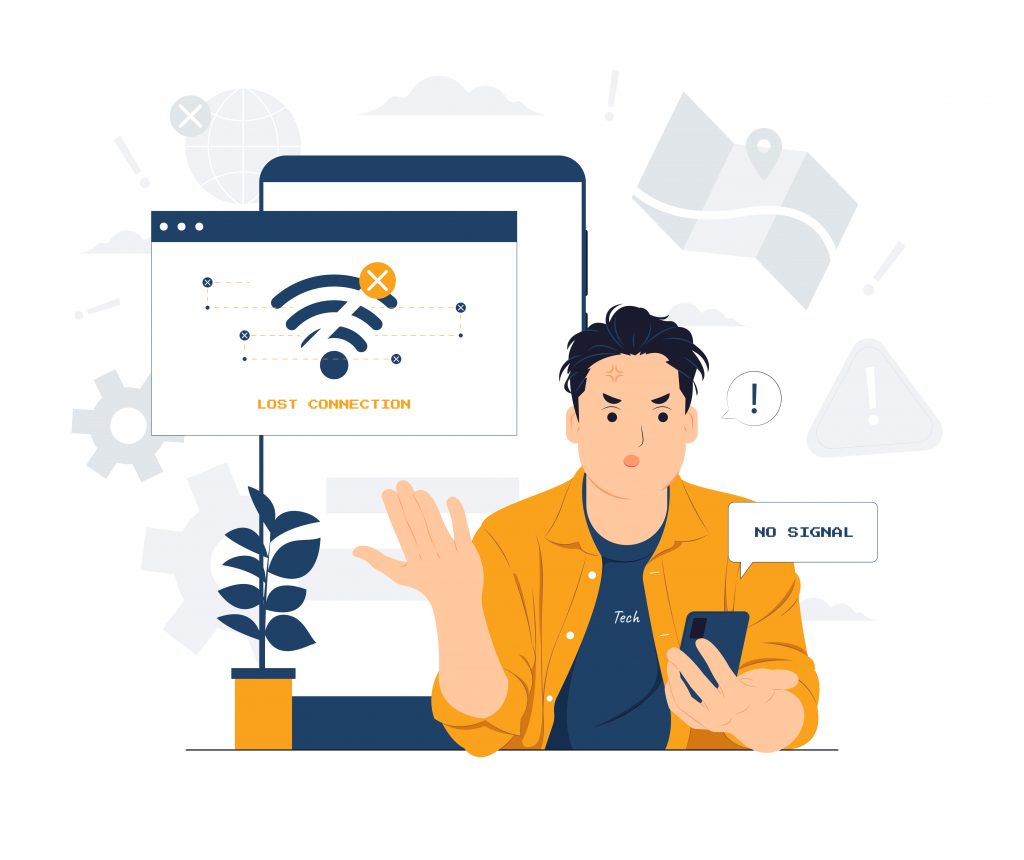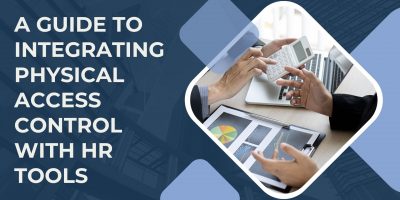Free Downloadable Attendance Tracker Templates
Explore some of the most effective approaches to tracking employee attendance with templates that offer accurate and customizable solutions and timesaving.

The global access control market is projected to reach $25.22 billion in 2027, boasting a compound annual growth rate of 8.7%. This impressive growth reflects the fast-paced adoption of these systems across many business sectors in recent years, spurred on by a post-pandemic focus on contactless security.
The benefits of installing access control systems have been widely covered, from improved security functions to a much greater degree of automation and customization, but many organizations are yet to fully integrate their networks in line with existing HR tools.
Taking the time to implement these upgrades can bring about countless benefits to a company’s daily operations, from visitor and occupancy management to inventory and logistics, so to help businesses through this process, we’ve put together a guide to integrating physical access control with HR tools.
Installing building entry technologies, such as a keypad access control system, is integral to successful HR integrations. Alongside traditional methods, emerging solutions like biometric access control offer even greater security by utilizing unique biometric traits to authenticate individuals.
This variety of access control provides enhanced security functions by regulating both physical and digital permissions and aids in streamlining common HR tools such as wellness verification and visitor management.
An access control system managed by a business’s IT department will also benefit from its access codes being distributed without the need for easily misplaced physical key cards, with permissions able to be issued and disabled whenever necessary to assist with onboarding new employees.

Ensuring that a business has a robust visitor management system is incredibly important, not only for security reasons but also to prevent the spread of illness. Traditional paper visitor books are no longer appropriate, being far too easy for visitors to ignore and presenting too great an opportunity for human error.
Thankfully, digital visitor management systems can easily integrate with access control devices in several ways. Access codes can be tied to individuals and configured to communicate with visitor management systems, recording when people enter and exit the building.
Alternatively, an RFID reader can be installed into the door access panel to log visitors using contactless fobs or cards.
With 74% of US companies either currently using or planning to implement a permanent hybrid work model, most HR departments are seeing a rise in their reliance on effective desk bookings systems. Integrating these systems in line with an access control network allows employees to secure their desks for a specific time, presenting HR with an effective log of occupancy throughout the week.
Management can then track hours worked in the office by cross-referencing these bookings with the building’s door access logs and confidently assigning visitors and guests with their own workspace, which can be logged independently using their own visitor pass.

Made even more important in the wake of the pandemic, wellness verification software allows HR teams to both screen employees for illness and check up on their mental health and general well-being. This function can be carried out using digital forms to be filled out before an employee enters the building and assigned to the individual’s access control credentials for easy bookkeeping.
Wellness verification can be a vital resource in responding appropriately and effectively to any health concerns affecting an organization’s staff, improving productivity, helping to reduce sick leave, and contributing to a more positive and involved workplace environment.
Alongside the more specific use cases covered in this guide, taking the time to integrate a business’ access control with HR tools can bring about several significant benefits, each shown to promote productivity and help to streamline daily operations.
Integrating these two networks will help strengthen the professional bond shared between HR, IT, and security departments, ensuring that an organization’s rules, practices, and procedures are strictly adhered to.
HR departments can provide their building’s security team with real-time updates regarding the information logged by the access control system, alerting staff to any immediate or ongoing concerns.
Health and safety protocols (such as crowd control in the event of another pandemic) can be easily enacted and monitored using an integrated access control system. This framework also allows HR professionals to engage with their employee’s mental well-being in a much more proactive way.

Integrating physical access control with HR tools is a straightforward and simple way to permanently strengthen the bond between HR, IT, and security departments. Doing so improves cross-department communications, helps companies streamline their core practices, and will positively impact an organization’s daily efficiency.
The improved record-keeping functions and smart security features offered by an integrated system have been shown to help facilitate hybrid workers and better manage health and safety concerns, demonstrating the far-reaching benefits of utilizing this technology in the modern workplace.
Browse our curated list of vendors to find the best solution for your needs.
Subscribe to our newsletter for the latest trends, expert tips, and workplace insights!
Explore some of the most effective approaches to tracking employee attendance with templates that offer accurate and customizable solutions and timesaving.
Gain insights into applicant tracking system pricing with a comprehensive cost vs. value analysis. Discover how investing in the right technology can optimize your recruitment process for maximum efficiency and results.

Explore the seamless integration of physical access control with HR tools in our informative guide. Learn how to optimize security measures and create effective desk management systems for a more efficient and secure workplace environment.

Unlock the potential of buyer intent data and leverage the power of technology to boost customer retention. Revolutionize your approach to customer relationships and maximize business success.
Used by most of the top employee benefits consultants in the US, Shortlister is where you can find, research and select HR and benefits vendors for your clients.
Shortlister helps you reach your ideal prospects. Claim your free account to control your message and receive employer, consultant and health plan leads.